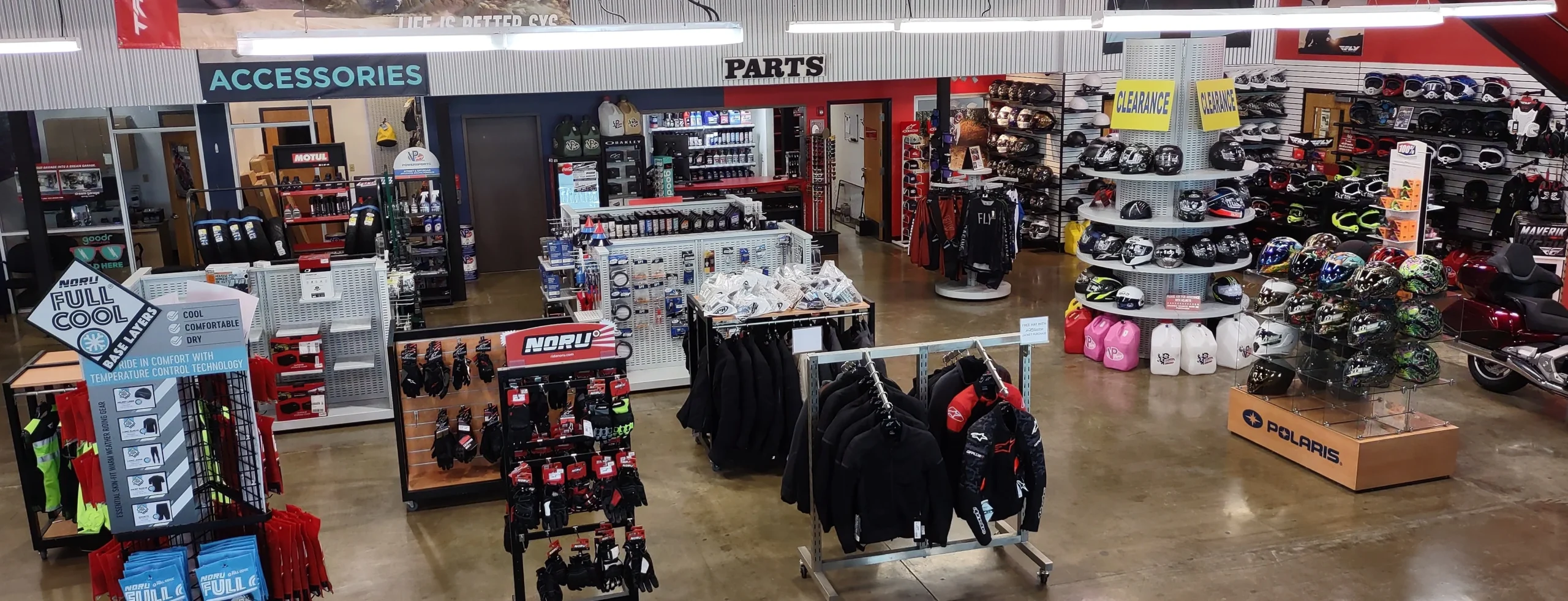Must-Have Motocross Gear: Boost Your Riding Experience Today
Wiki Article
Mastering Bike Gears: Just How to Enhance Your Riding Experience
In the world of motorcycling, grasping the art of gear manipulation is crucial for enhancing your riding performance. Appropriately recognizing and making use of motorbike equipments can dramatically influence fuel, control, and velocity performance, transforming an average ride into a seamless, thrilling trip. By incorporating specific shift timing and adjusting gear option to various roadway conditions, motorcyclists can make sure optimal engine efficiency and safety. The subtleties of clutch control, throttle control, and gear mechanics bid a much deeper expedition, assuring to unlock the full potential of your maker. Just how can these techniques be used to truly maximize your riding experience?Comprehending Gear Mechanics
How do the intricacies of equipment auto mechanics affect motorbike efficiency? At the core of motorcycle characteristics, equipment technicians play a critical role in converting engine power right into motion, inevitably dictating speed and control. Gears, meticulously crafted components, enable bikers to maximize torque and rate, making sure a smooth change via various terrains and speeds. The gear proportions, thoroughly created, figure out the connection in between engine revolutions and wheel turns, affecting velocity and fuel efficiency.
Understanding gear auto mechanics begins with identifying the importance of the transmission, which houses several gears of varying sizes. These gears connect via a process called meshing, where teeth of different gears engage to transfer power. The accuracy of this communication is essential; any kind of imbalance or damages can cause inefficient power transfer, hindering performance. In addition, the plan and size of equipments affect the motorcycle's capability to deal with different tons and speeds.
Additionally, the concept of equipment moving is essential to making the most of efficiency. Timely and smooth changes ensure that the engine operates within its optimal power band, preventing unneeded pressure and boosting durability (motox parts nz). By understanding these mechanical details, motorcyclists can accomplish a harmonious mix of control, performance, and power, elevating their riding experience
Timing Your Changes
Change timing proficiency is important for enhancing motorcycle performance and improving the riding experience. Correctly timed shifts make sure that the engine runs within its optimal power band, which is important for preserving control, attaining smooth acceleration, and ensuring the longevity of the motorcycle. Riders must develop an intuitive sense of when to shift equipments, which entails recognizing the relationship between engine revolutions per min (RPM) and rate.To grasp shift timing, pay close attention to the engine's noise and feel, as these give important clues about when to transform gears. The ideal change factor normally occurs when the engine approaches the upper series of its power band without reaching the redline. Shifting too early can result in a lack of power, while changing as well late may cause unnecessary engine stress
Additionally, road problems and riding design influence shift timing. In contrast, during highway riding, fewer changes at higher speeds can be much more suitable.
Enhancing Gas Effectiveness
While grasping motorcycle gears is essential for performance, improving fuel effectiveness is similarly vital for both economic and ecological reasons. Optimal fuel usage not just lowers operational prices yet also minimizes the ecological impact of riding. To accomplish this, one must recognize the elaborate relationship in between gear option and engine efficiency.Riding in a higher equipment at reduced rates can lead to engine hauling, which is destructive to both fuel economy and engine wellness. Conversely, riding in reduced gears at high speeds results in unneeded gas usage.
Furthermore, regular upkeep plays a pivotal duty in fuel performance. Making certain that the motorcycle is well-tuned, with clean air filters and effectively inflated tires, can boost aerodynamics and minimize fuel waste. Furthermore, adopting a riding style that welcomes steady acceleration and smooth deceleration can add to much better gas economic situation.

Methods for Smooth Transitions
Achieving smooth equipment shifts is fundamental to improving the riding experience and guaranteeing the durability of a bike's transmission system. Proper equipment moving not just contributes to a seamless trip yet likewise reduces deterioration on the mechanical parts. To understand the art of smooth shifts, cyclists have to concentrate on a couple of essential methods.
Secondly, clutch control plays a pivotal function. Engaging and disengaging the clutch smoothly needs technique. The clutch lever must be launched gradually, permitting a smooth transfer of power from the engine to the wheels without causing a shock or abrupt motion.

Adjusting to Road Conditions
Navigating varied road conditions is a critical skill for any kind of motorcyclist aiming to keep control and security. Whether have a peek here you're riding on wet surface areas, gravel roads, or navigating doglegs, your capability to adapt your gear usage and riding strategy is critical. Understanding how to readjust your gears suitably can substantially impact traction and stability, ensuring a safer journey.On wet roads, it is recommended to keep higher gears to decrease torque and minimize wheel spin. This anchor strategy aids preserve grip on slippery surface areas, permitting smoother velocity and slowdown. On the other hand, when riding on gravel or unequal terrain, reduced gears are preferable. Lower equipments give much better control and enable you to respond more quickly to unforeseen adjustments in the roadway surface area.
Sharp curves require exact equipment management to stabilize rate and control. Downshifting prior to going into a contour can help keep momentum while guaranteeing the motorcycle continues to be secure throughout the turn. Consistent method in diverse conditions improves your ability to respond and anticipate to modifications in roadway structure and incline.
Conclusion
Mastering bike equipments dramatically boosts the riding experience by improving control, velocity, and fuel efficiency. Adapting gear option to different roadway problems, such as using higher gears on wet surface areas and lower gears on gravel, additional improves handling and security.Recognizing gear auto mechanics starts with identifying the importance of the gearbox, which houses numerous gears of varying sizes. These equipments interact with a procedure known as meshing, where teeth of various gears engage to transfer power (mx gear nz). Gentle changes to the throttle during equipment changes can prevent jerky movements and maintain a regular riding pace
Whether you're riding on wet surfaces, gravel roads, or browsing sharp turns, your capacity to adjust your gear usage and riding technique is extremely important. Adjusting gear choice to various roadway problems, such as making use of higher equipments on damp surface areas and reduced gears on gravel, further enhances handling and security.
Report this wiki page